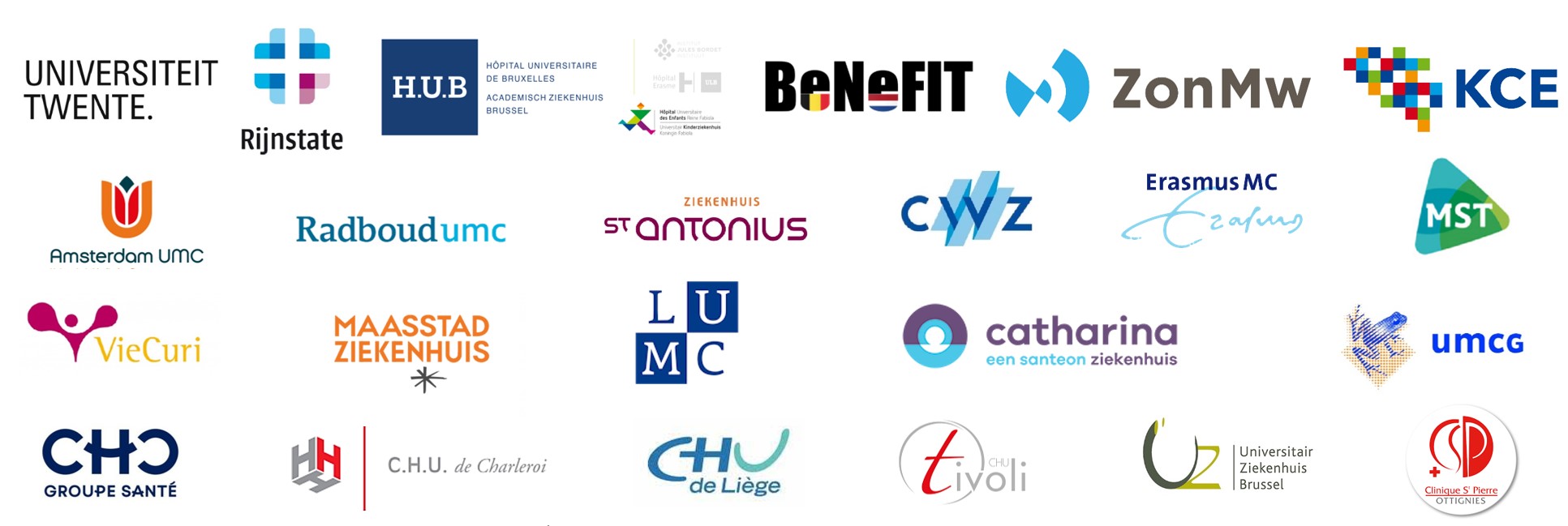Treatment of ELectroencephalographic STatus epilepticus After cardiopulmonary Resuscitation-2 (TELSTAR-2)
A multicenter randomised clinical trial and health economic evaluation of anti-seizure treatment in comatose cardiac arrest patients with status epilepticus on continuous EEG.
EU trial number: 2024-516068-27-01| ClinicalTrials.gov: NCT06549426
Rationale
Around 7500 comatose patients after cardiac arrest and resuscitation are admitted to intensive care units (ICUs) in the Netherlands and Belgium, yearly. Approximately half eventually dies from severe brain injury. EEG is used as a predictor of outcome, helping decide when life sustaining therapies should be pursued or withdrawn. EEG shows epileptiform patterns meeting criteria for electrographic status epilepticus (ESE) in up to 10% of patients, with 80-100% case fatality. The TELSTAR-1 trial showed that treatment with antiseizure medication of all (unselected) patients with epileptiform EEG patterns is not associated with an overall improvement of outcome, despite longer ICU admission. However, according to subgroup analyses, effects of antiseizure treatment of patients with epileptiform patterns classifying as ESE remain unclear. This translates into large practice variation. To provide comatose cardiac arrest survivors with the best medical treatment options, while at the same time preventing unnecessary costly ICU treatment, unequivocal evidence of efficacy or futility of ESE treatment is clearly needed.
Objectives
It is our primary objective to study whether ESE treatment improves outcome of comatose patients after cardiac arrest. It is our secondary objective to study the impact on healthcare costs of ESE treatment.
Main trial endpoints
The primary outcome measure will be functional recovery expressed as the score on the extended Glasgow Outcome Scale (eGOS) at six months after cardiac arrest. The primary effect parameter will be the common odds ratio for any shift towards a better outcome in the intervention group, analysed by multivariable ordinal logistic regression.
Secondary trial endpoints
Secondary outcome measures include data on quality of life, cognitive functioning, and the use of resources. Cost-effectiveness will be assessed, separately for Belgium and for the Netherlands, adhering to ‘KCE’ and ‘Zorginstituut’ guidelines for pharmaco-economic evaluations, respectively.
Trial design
TELSTAR-2 is comparative effectiveness study, comparing two standard treatment regimens, designed as prospective multicentre trial with randomised treatment allocation, open label treatment, and blinded endpoint assessment on twenty intensive care units in the Netherlands and Belgium.
Trial population
The study population consists of adult comatose patients after cardiac arrest and successful cardiopulmonary resuscitation, admitted to the intensive care unit of any of the participating centres, with ESE or possible ESE on continuous EEG. Continuous EEG is part of standard care in all participating hospitals. For the definition of (possible) ESE, we adhere to international consensus criteria.
Interventions
Treatment in the intervention group will consist of standard care completed with anti-seizure treatment according to protocols for clinically overt status epilepticus with the goal of definitive seizure suppression. This consists of a stepwise approach, step 1 being a single dose of a parenteral benzodiazepine (lorazepam, midazolam, or diazepam) and a first parenteral anti-seizure medication (levetiracetam, valproate, or lacosamide), step 2, a second parenteral anti-seizure medication plus a first continuous parenteral sedative agent (midazolam or propofol), and step 3, a second continuous parenteral sedative agent (midazolam, propofol, or ketamine). Each next step will be taken as soon as possible (within 30 minutes) if the previous step was insufficiently effective to suppress ESE. The control group will receive standard care without anti-seizure treatment.
Ethical considerations
Early stepwise treatment of (possible) ESE may reduce the high risk of death and improve outcome. On the other hand, (possible) ESE treatment may lead to unnecessarily prolonged hospitalization of comatose patients that will have a poor outcome. Any outcome of the trial will be relevant. If we can show that (possible) ESE treatment is associated with improved outcome, we will have provided the first unequivocal evidence of efficacy of an intervention to improve recovery of comatose patients after cardiac arrest. If we show futility, this will help preventing futile ICU treatment and reduce health care costs.
Trial funding
This study is an independent research study funded by BeNeFIT (Belgium-Netherlands Funding of International Trials; project 10390082210002). BeNeFIT is a competitive funding programme for healthcare professionals to perform large, multicentric, randomised clinical trials to answer important healthcare questions. The programme is a collaboration between two funders, the Belgian Health Care Knowledge Centre (KCE) and the Netherlands Organisation for Health Research and Care innovation (ZonMw), who have been funding this joint call since 2018.

